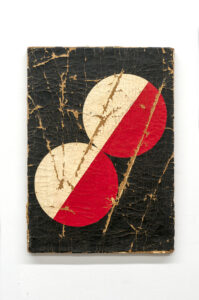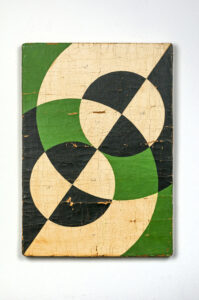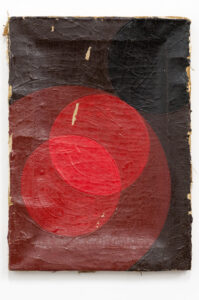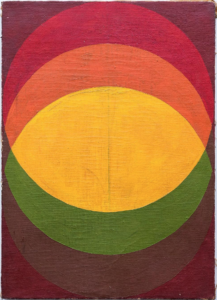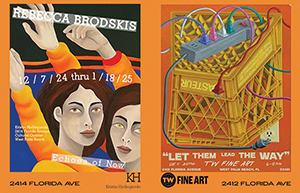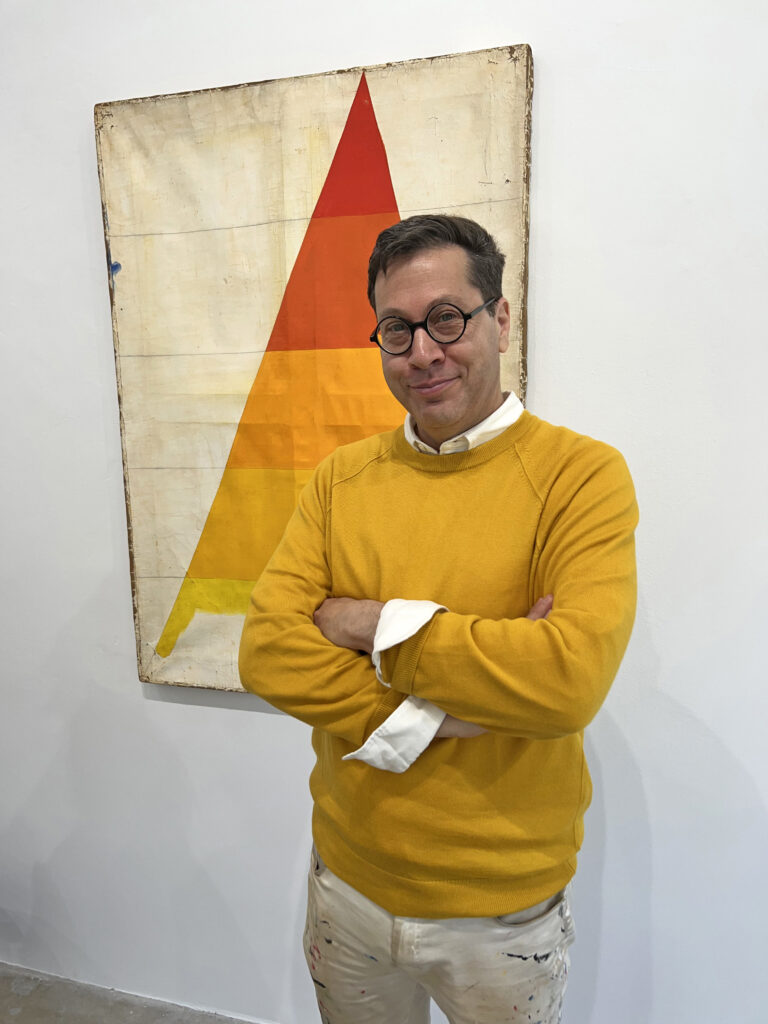
Dan Levenson by Nick Aguayo
You’ve heard of abstract artists? Dan Levenson is an abstract historian who paints. Through his canvasses and installations, the Los Angeles-based Levenson peers into the past to interrogate art history for clues to where, and what, art is today.
A conceptual juggernaut, Levenson is the featured artist in this month’s PureHoney and he has thoughts about many things art-related, such as: the school-to-gallery pipeline that he himself has traveled, and the contemporary art-world gatekeeping practices that maintain it; the contradictions of being a “professional artist,” and the limits of creative freedom.
His vehicle for many of these inquiries is the “State Art Academy, Zurich (SKZ),” an art school that exists entirely inside Levenson’s head, and a body of work that Levenson produces himself but attributes, by name, to an equally fictitious group of SKZ students.
Levenson’s canvases, with their hairline cracks and abrasions, can be admired without any meta-narrative. But they reveal even more once you know what he knows.
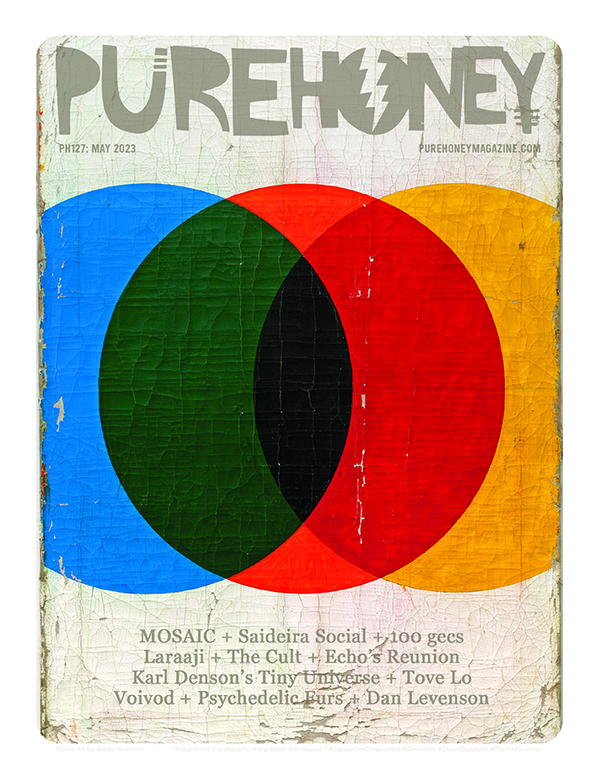
In an interview, Levenson confessed that his own time as an art student was not joyful. “I was very unhappy in art school, which is funny, because looking back it feels like such a privilege,” he said. “I was in London. I was surrounded by friends who were all great artists, I had nothing to do all day but experiment and make art.”
But art school didn’t manage to put him off his path. “Looking back it seems like it was inevitable,” he said. “I always loved doing art projects even before I can remember, in preschool. For a long time I nurtured the idea that I could be a lot of things at once. The truth is that the world makes this very difficult. It’s hard enough to do even one thing badly, let alone do it well. … Art seemed like the most meaningful choice.”
Meaning, for Levenson, is expressed through an abstract modernism comprised of geometric shapes. In Levenson’s hands, geometry and its historical uses yield a visual vocabulary for the discussion of art itself. In Levenson’s own understanding of what he’s doing, geometric order stands for “abstract concepts [that] are considered more important than concrete individuals.”
From Bauhaus greats such as Josef Albers farther back to the French avant-garde, Levenson has gathered inspiration for his fictional (but somehow familiar) timeline. His paintings, all made in this century, are transformed into worn or damaged artifacts through a bit of sleight of hand. By starting with linen canvas and paper as a base, Levenson has an arsenal of techniques to mimic natural aging: heat, cold, water, sunlight and more paint. All it takes is a little experimentation.
“When I visit museums I like to look at the edges of the canvas to see the dirt and little cracks that have formed over the years,” he said. “There is a poignancy to the material aspects of painting which we are not supposed to notice, which are meant to be hidden or covered over, but which assert themselves over time. I want to emphasize that in my work.”
Names and titles add another layer of historical make-believe. Artists such as “Ramona Naef,” “Imelda Hiltebrand” and “Clement Monhart” are just a few of the Zurich academy alumni memorialized in Levenson’s bold modernist canvasses. The names were all created in 2004 with a computer and a Zurich phone book.
“At the time,” Levenson said, “I was thinking about how the world constantly produces new artists, and each of us is supposed to be a unique, interesting individual and make work that is new and exciting. Then after a few years we are discarded.”
Levenson doesn’t attempt to supply viewers with answers but he creates room for contemplation. With his talent, philosophy and intention to be — in his own self-deprecating estimation — “more boring than ever!” he is moving through the art world at his own pace and on his own terms. He’s even teaching at some art schools.
To explain how he developed his own style, he quotes the late Martin Kippenberger, a (real) 20th Century artist: “I got very stuck until I suddenly realized that having no style is also a style … That set me free.”
Find Dan Levenson at danlevenson.com and at instagram.com/dan_levenson ~ Veronica Inberg

